Janthinobacterium lividum
Background
Janthinobacterium lividum is a gram-negative bacteria that has aerobic qualities. It possess a pigment called violacein that gives the bacteria its dark purple color (Figure 1).
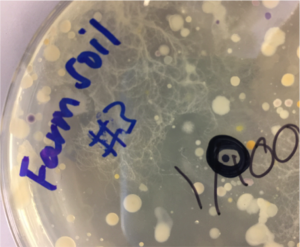
Figure 1: Janthinobacterium lividum colony on agar plate
Janthinobacterium lividum is commonly found in the skin of amphibians such as salamanders and expresses fungal and tumor fighting properties.
Date collected – February 18, 2017
References
Valdes, Natalia et al. (2015) “Draft genome sequence of Janthinobacterium livid strain MTR reveals its mechanism of capnophilic behavior.”
Rebiller, Eria et al. (2016) “Direct and Indirect Horizontal Transmission of the Antifungal Probiotic Bacterium Janthinobacterium livid on Green Frog (Lithobates clamitans) Tadpoles.”
Methods for Isolation and Identification
- Soil was collected from Buffalo Creek close to a nearby farm (Figure 2)
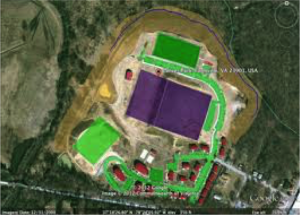
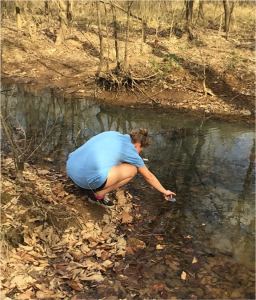
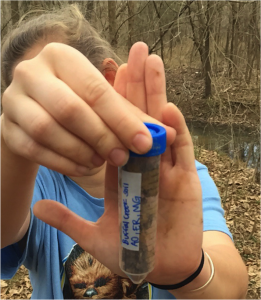
Figure 2: Collection site and the collection of surface water and bank soil
- Sample was mixed with water, diluted, spread on agar plates, and incubated for 48 hours at room temperature
- Colony was isolated and genomic DNA was extracted
- PCR amplification was conducted to replicate the DNA and prepare for gel electrophoresis
- Gel electrophoresis was used to compare the different nucleotide bases and attempt to identify the bacterial strain. However, the gel electrophoresis was unsuccessful
- The sample was sent to be sequenced over Spring Break. The sequences were uploaded into SnapGene Viewer, edited, and pasted into BLAST
Results
- The sequences were compared to the matches given by BLAST. Janthinobacterium lividum was a 99% match with few gaps, so it was concluded that this was the colony that was isolated was a fungus (Figure 3)
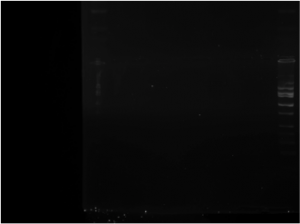
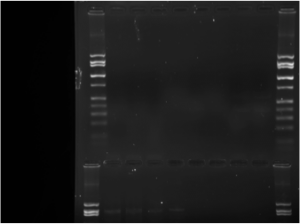
Figure 3: Gel electrophoresis pictures show little success
- The BLAST match came up with a 99% match, 1 gap, and 977 nucleotides (Figure 4). This suggests that the bacteria isolated was almost guaranteed to be Janthinobacterium lividum
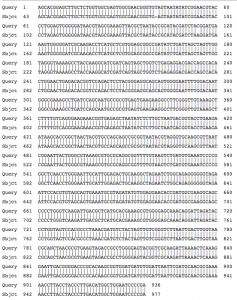
Figure 4: BLAST sequence versus sample sequence
Murriel Grimes, Alyssa Oppedisano, Elle Richardson